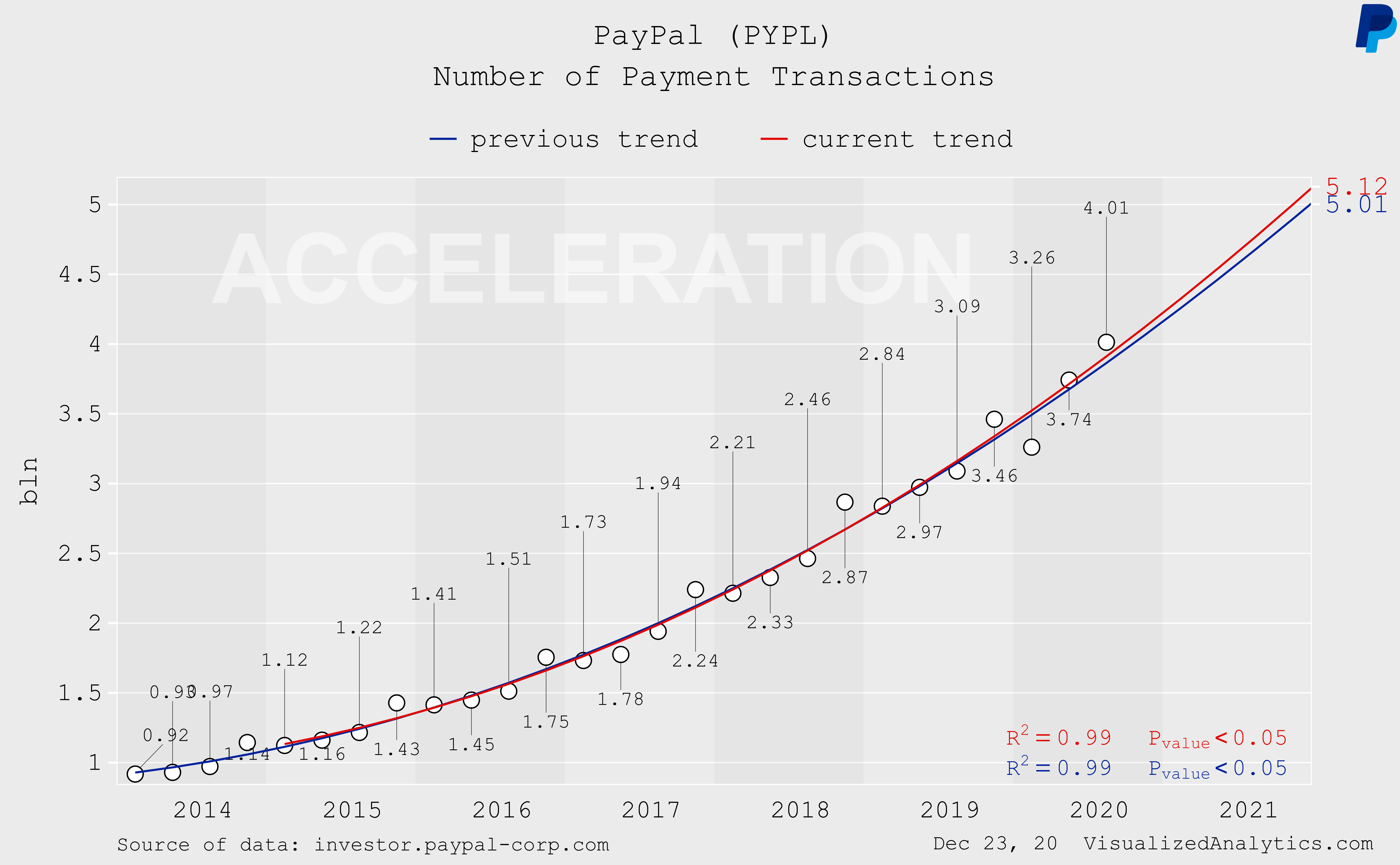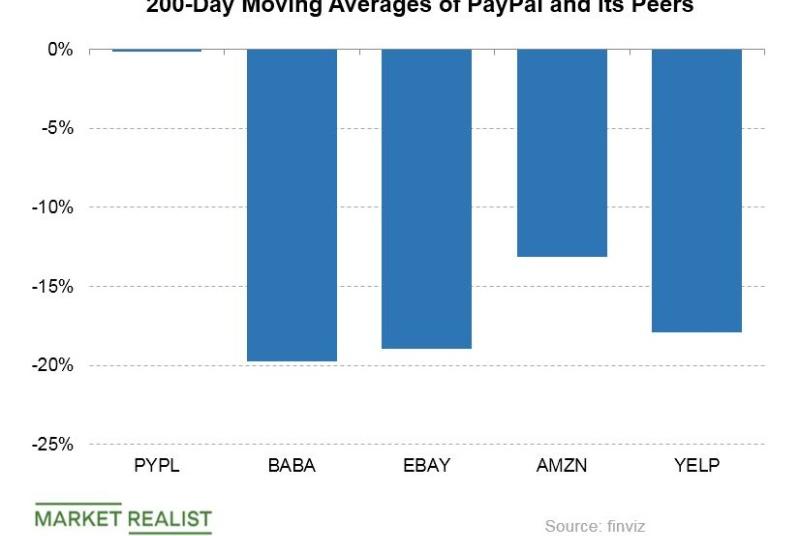

Investors should also consider that PayPal's growth and earnings outlook beyond FY 2023 continues to be protected by strong moat, supported by network affects. If MS' FY 2024 projections and modelled historical relationships hold, then one may reasonably assume that PayPal's YoY revenue growth in FY 2024 will rebound to low double-digit expansion rates. Amazon) in FY 2023 is estimated at only 3%, before rebounding to about 9% YoY growth in FY 2024, according to Morgan Stanley's projections. Referencing the chart above, investors should consider that YoY growth for e-commerce (excl. Moreover, the analysis reveals that PayPal has consistently outgrown the benchmark metric. Amazon) and pointed out that the two metrics have historically been quite strongly correlated. Morgan Stanley's equity research team mapped PayPal's revenue growth against the broader e-commerce growth (excl. All these factors, I argue, persist, despite temporary headwinds relating to a depressed e-commerce environment and a slower than expected margin expansion. PayPal's long-term investment thesis revolves around its leadership in the digital payments industry, expanding market opportunities in e-commerce and mobile payments, and strong network effects that reinforce its position.

Macquarie research Long-Term Thesis Attractive Macquarie equity research pointed out that PayPal's ecosystem for digital payments continues to grow: In Q1 2023, the processed transaction count stood at 5.8 billion, a 13% YoY increase versus Q1 2022, and a 3.4% increase versus Q3 2022. However, this is a minor negative considering the broad slowdown in e-commerce transaction volume and APP - a headwind that should eventually fade. Investors' concern, arguably, related to the company's margin guidance, as management lowered the FY23 operating margin estimate by about 25 basis points, to a YoY growth of 100 basis points this year. PayPal closed Q1 with less than $1 billion of net debt, as compared to a TTM operating cash flow of about $5.8 billion.ĭespite the solid Q1 earnings, markets punished PYPL stock lower the trading following the earnings report (PYPL stock was down more than 10%). Accordingly, first-quarter operating income grew to $1.6 billion, up 19% YoY Adjusted EPS jumped by 33% YoY, to $1.17, beating consensus estimates by about 10 cents per share. With regard to profitability, PayPal reported an operating margin expansion of about 200 basis points, bringing EBIT profitability to about 22.7% of revenue. During the period from January to end of March, the online payment service provider generated total revenues of $7.04 billion, up about 10.4% YoY on a FX adjusted basis, and beating analyst consensus at midpoint by about ∼$50 million. PayPal reported very solid Q1 2023 results, beating analyst consensus estimates with regard to both revenue and earnings. With that frame of reference, PayPal's ( NASDAQ: PYPL ) recent sell-off is quite interesting: The online payments system provider's stock dropped about 20% in a few weeks, to a valuation of ∼x10 P/E, despite solid Q1 results and an attractive long term thesis supported by competitive strength, growth and profitability.Īnchored on my estimates for PYPL's EPS through 2025, I calculate a fair implied share price of $78.88, implying a valuation gap of about 30% as compared to fundamentals - an undervaluation that I expect to close swiftly. But usually, one cannot have one without the other. However, the reality is that investors desire to purchase assets at valuations that reflect extreme market pessimism, while hoping to avoid the actual pessimism that accompanies such conditions. Many investors like to see themselves as rational value seekers who adhere to Warren Buffett's philosophy of being opportunistic when others are cautious.


 0 kommentar(er)
0 kommentar(er)
